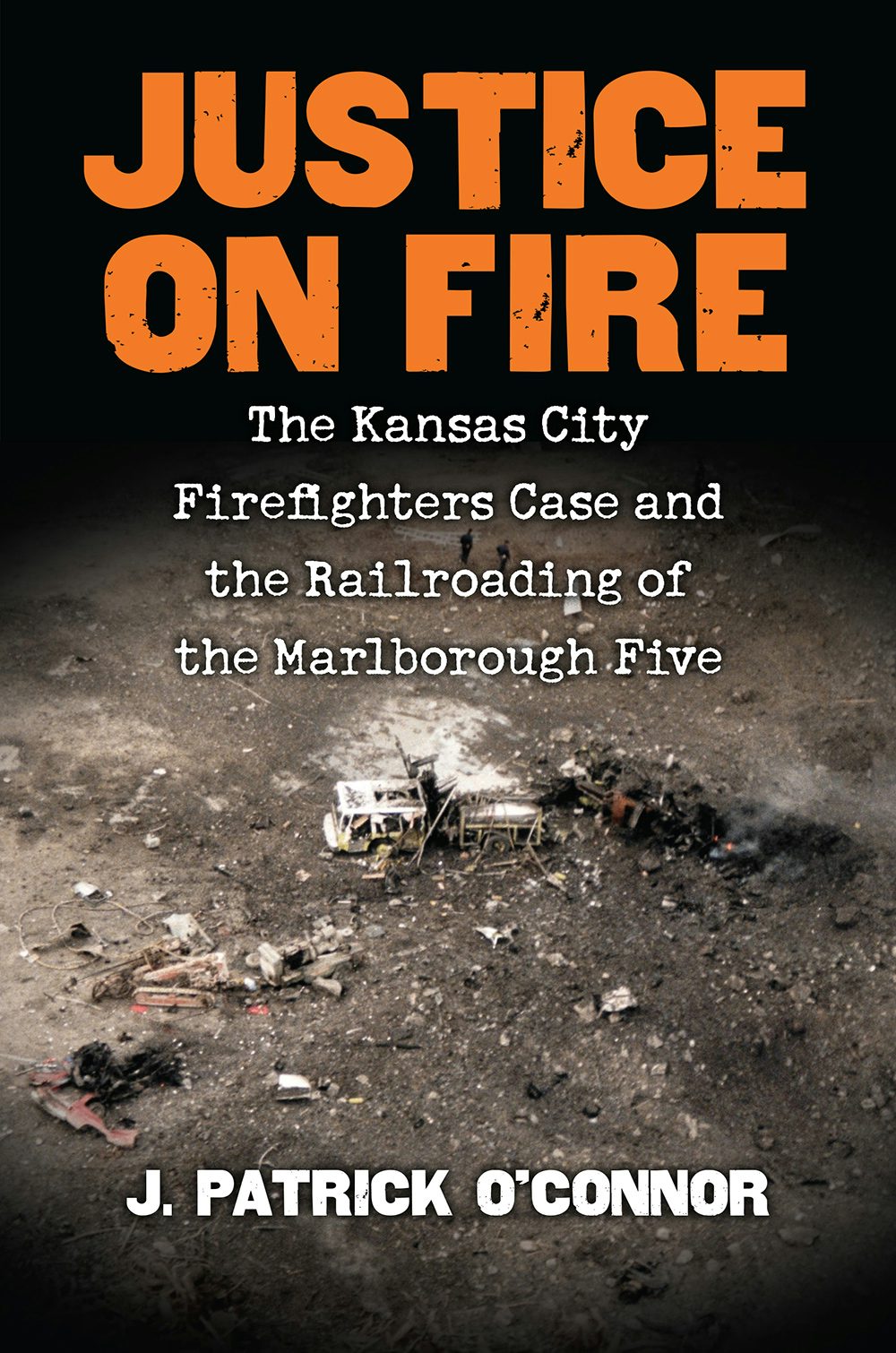
Mary Rogers
The disappearance and murder of Mary Rogers in 1841 became a major tabloid story for the New York newspapers. Edgar Allan Poe wrote a mystery story about it, but Mary’s murderer was never identified.
Sunday, July 25, 1841, was a hot day in New York City. That morning 20-year-old Mary Rogers left the boarding house owned by her mother to attend services at her church. She returned home later that morning and talked briefly with her mother and with one of the residents, Daniel Payne, who happened to be her fiancé. Payne would later testify that Mary had outlined her plans for the day: visiting her aunt until evening and then returning home. The aunt lived nearby, only a quarter of an hour trip by horse-drawn carriage. Mary asked Payne to meet her at the nearest carriage stop that evening and escort her home.
That afternoon, the city was crippled with a severe thunderstorm. When Payne went to meet Mary at the carriage stop, he found that she had not returned from her aunt's. He surmised that she had wisely stayed at her aunt's in order to avoid the storm, and would return the following morning.
By Monday morning the weather had cleared up, but Mary did not return home. This caused her mother and Payne and Alfred Crommelin (another boarder and, coincidentally, a former beau of Mary's) to set up a search plan. The natural starting place was the home of the aunt Mary had visited on Sunday. But the aunt stated she had not seen Mary on Sunday nor had she expected a visit from her.
The three continued their search Monday afternoon, but with no success. Believing the necessary search needed more than three people, they placed an ad in the New York Sun newspaper asking if anyone had seen "a young lady (wearing) a white dress, black shawl, blue scarf, Leghorn hat, light colored shoes, and parasol light-colored." Anyone who had seen a young woman matching this description was asked to contact her mother because "it is supposed some accident has befallen her."
Mary had disappeared once before. In October of 1838, she went missing for several days. Upon her return, she vaguely stated that she had gone to visit relatives in Brooklyn, although she did not explain why she had not told anyone of this journey beforehand. Her mother now wondered if her second disappearance was a similar episode. Perhaps she would reappear soon.
Mary’s Body Found in Hudson River
On the afternoon of July 28, 1841, three days after she left the boarding house, several men were walking along the shore of the Hudson River near Hoboken, New Jersey. It was a common destination for New York City residents trying to beat the heat of a fierce summer.
One of the men noticed what appeared to be a parcel of clothing bobbing in the water. Curious, a few of the men went out onto the water in a borrowed boat. The men were horrified to find that the clothing was actually the dead body of a woman floating on her back in the water. After failing to fish the body out of the water, they tied a rope under the chin of the woman and rowed to shore.
A reporter happened to be near the scene and described what was brought to shore: "...she was laying on the bank, on her back, with a rope tied around her.... Her forehead and face appeared to have been battered and butchered.... Her features were scarcely visible, so much violence had been done to her...she presented the most horrible spectacle that eye could see."
A coroner was sent for and officially recorded that: "...her face was swollen, the veins were highly distended. There was a mark about the size and shape of a man's thumb on the right side of the neck, near the jugular vein, and two or three marks on the left side resembling the shape of a man's fingers, which led me to believe she had been throttled and partially choked by a man's hand. It appeared as if the wrists had been tied together, and as if she had raised her hands to try to tear something from off her mouth and neck, which was choking and strangling her. The dress was much torn in several places...a piece was torn clean out of this garment, about a foot or 18 inches in width...this same piece was tied round her mouth, with a hard knot at the back part of the neck; I think this was done to smother her cries and that it was probably held tight round her mouth by one of her brutal ravishers. Her hat was off her head at the time of the outrage, and that after her violation and murder had been completed, it was tied on." The doctor concluded, by inspecting the severe damage done to the "feminine region," that Mary was "abducted, brutally violated by no fewer than three assailants, and finally murdered." How the doctor deduced there were three assailants was not revealed.
Coincidentally, and probably in the area because of his initial search, Alfred Crommelin happened to be in the Hoboken area and was able to identify the battered body as that of his former fiancée, Mary Cecilia Rogers.
The situation was certainly tragic, but most likely would not have generated the rabid attention it soon would if Mary had not previously worked as the salesgirl for John Anderson's tobacco store. The newspapers dubbed her “the Beautiful Cigar Girl.”
Anderson's store was a popular haunt for writers; authors such as Washington Irving and Edgar Allen Poe were frequent patrons who certainly knew Mary.
The key to the broad infamy of the crime, however, was the fact that Anderson's was also a popular gathering place for newspaper editors and reporters. Having known Mary in the course of their daily lives, they were outraged by the crime and turned to their newspapers to proclaim the crime and berate the police and New York City officials for what they perceived to be an inept and lackadaisical investigation into the murder.
A Heyday for the Tabloids
 |
| The Beautiful Cigar Girl |
Historians have shown that Mary's death was the perfect story for the burgeoning tabloid newspapers. The more lurid the article, the more newspapers were sold. Newspapers competed with each other to be the first to publish new details of the crime and subsequent investigation, and, when no new information was appearing, the editors were not above inventing clues and scenarios to make their sales even higher.
The first conclusion the media jumped to was the presumed guilt of fiancé Daniel Payne. Although police believed he had a solid alibi for the Sunday of Mary's disappearance, the newspapers thought otherwise and proclaimed his guilt. Payne went so far as to get signed affidavits from people he encountered on the day Mary vanished, which caused at least two of the newspapers to then proclaim his innocence and passionately accuse other newspapers of falsely maintaining his guilt.
With the specter of guilt now somewhat lifted from Payne, other suspects needed to be found. The editor of the New York Herald stated that the crime had obviously been done by one of the gangs that had been plaguing the streets of the New York City area. This editor would form a vigilante group to address what he felt was incompetence on the part of the police and city officials. He called for a reward to be gathered, and soon $1,350 was raised by notables of the city asking for vital information relating to the murder and for the apprehension of the killer.
The Evening Tattler, however, wondered if Mary was actually dead, stating that Crommelin would not have been able to provide an identity to a body so brutalized.
When no further clues came to light, the newspapers slowly began to focus on other pressing news. This might have been the end of the story had not a new twist come into the tale: the alleged site of Mary's murder.
Not far from the place in the river where Mary's body had been initially spotted, a Mrs. Frederica Loss ran a tavern called Nick Moore's House.
On August 25, 1841, she sent two of her sons to collect sassafras bark for use at the tavern. Straying from their duty, the two boys crawled into a thicket and happened upon articles of women's clothing -- parts of a dress, a handkerchief monogrammed M.R., and a set of gloves. They brought it all home to their mother.
Oddly, Loss did nothing with the clothes for several days. There are two schools of thought about this. Either she didn't realize she had anything of vital interest, certainly not related to a murder investigation; or, in a more mercenary vein, she wanted to see if that monetary reward for information about the crime would increase over time.
Once she had turned the clothing over to the authorities, Mary's murder once more became the chief news story in the newspapers. Reporters and curious citizens swarmed the thicket, and many made a side trip to Loss's tavern.
Perhaps too conveniently, the discovery of the clothes near her tavern apparently jarred Loss's memory, as she suddenly had clear recollections of Mary and a companion on July 25th. She described Mary and a man with a "dark complexion" spending part of the afternoon at her tavern. They ordered drinks – liquor for the man and lemonade for Mary – and then walked out arm in arm. There did not seem to be any distress between them and they had talked during their stay in the tavern like they were friends. Nothing of import happened until that evening when Loss heard screams from nearby. Believing one of her sons was in trouble, she bolted outside only to find her son safe. She did not do anything further to investigate the screaming.
Loss's statements pushed Mary's story back to the front pages of the newspapers.
One tabloid proclaimed Loss's statement as proof that Mary had been murdered by a gang, while another argued the opposite. Some editors didn't believe Loss's statements, even going so far as saying that the deposit of the clothing was done "long after the disappearance of Mary C. Rogers." Later authors and historians would specifically be suspicious about the presence of gloves among the found clothes, as Mary's hands were gloved when her body was pulled from the river.
The Suicide of Fiancé Daniel Payne
Frederica Loss would fade from the headlines, only to be replaced by Mary's fiancé, Daniel Payne.
Payne's brother would later state that Mary's murder completely unhinged the young man. A borderline alcoholic, Payne plummeted even further into drinking, beginning with the weeks following Mary's death, when he was a prime suspect and treated as guilty by many.
On the morning of October 7, 1841, over two months after Mary's death, Payne began going from bar to bar and drinking excessively. At one point he stopped at a store and bought a small dose of the poison laudanum.
By the afternoon he was somewhat delusional, but managed to take the ferry to Hoboken. Once in New Jersey, he stopped, probably not by coincidence, at Loss's tavern, where he drank continually.
At some point he swallowed the laudanum and then staggered off to more taverns and bars. He then went outside to a bench along the river near to the place where Mary's body had been towed ashore and laid down and died. A note later found on his person read: "To the World – here I am on the very spot. May God forgive me for my misspent life."
Payne's suicide brought the murder of Mary Rogers back to the limelight. His note was cryptic enough that various newspapers proposed that it was an admission of guilt while others saw it as a statement of innocence. The more romantic editors proclaimed that his death was proof that he just couldn't face life without his Mary.
A Deathbed Revelation
The story faded from the headlines until resurrected yet again – this time by the death of Frederica Loss.
In October of 1842, one year after Payne's suicide, one of Loss's sons was cleaning a gun when it accidentally went off, injuring Loss. The wound seemed minor at first, but it soon progressed to the point where Loss was confined to bed and was slipping in and out of delirium. While lucid, she made a startling deathbed confession of what she claimed really happened to Mary.
Loss said that on the Sunday in question, Mary and a doctor arrived at Loss's tavern in order for Mary to have an abortion. The procedure was performed, but Mary died from complications. Loss stated that Mary's body was "taken at night by (Loss's son) and sunk in the river where it would be found. Mary's clothes were first ... sunk in a pond on the land of (a neighbor); but it was afterwards thought that they were not safe there, and they were accordingly taken and scattered through the woods as they were found."
Loss’s confession is suspicious, not only due to her previous history of questionable admissions regarding the murder, but because the details of her final words on the matter seem to go against the coroner’s initial report on the body which had concluded that Mary died a particularly violent death and had possibly been raped by multiple assailants.
Ultimately, the story would remain unsolved, but not for lack of effort. Newspapers and the police would continue to pursue the facts of the notorious murder, but to no avail.
“The Mystery of Marie Roget”
One of the interested persons who followed the case was the author Edgar Allan Poe, who would transplant the events from New York City to Paris in his 1842 detective story "The Mystery of Marie Roget." In the story, Poe believed that a naval officer had seduced Mary and then killed her after she ran off with him.
After Poe, other writers would propose a variety of theories: Mary and her companion were robbed and murdered inside Loss's tavern; Mary was murdered by former fiancé Crommelin, who was the father of the aborted baby; Mary was accidentally killed in an abortion procedure set up by her mother, who pimped Mary to boarders and men of the neighborhood; or Poe himself was the murderer.
It appears that the murderer(s) of Mary Rogers successfully committed a perfect crime. Due to contradictory witness statements and the sideshow atmosphere generated by the newspapers of the time, it became difficult to pin down the authentic evidence and to outline a realistic chronicle of what took place. But regardless of who killed Mary Rogers, the crime will not be forgotten. It inspired one of the first detective stories and also showed how the death of a relatively unknown young woman could become the stuff of headlines and everyday conversations throughout a metropolis. Countless other murders happened during the year Mary's death made the front pages, but only her murder inspired the continuing lurid and bold headlines.









1 comment on "The Murder of the “Beautiful Cigar Girl”"
What a testament to the depravity of man that so many murders are committed and so many go unsolved. No justice for Mary Rogers.